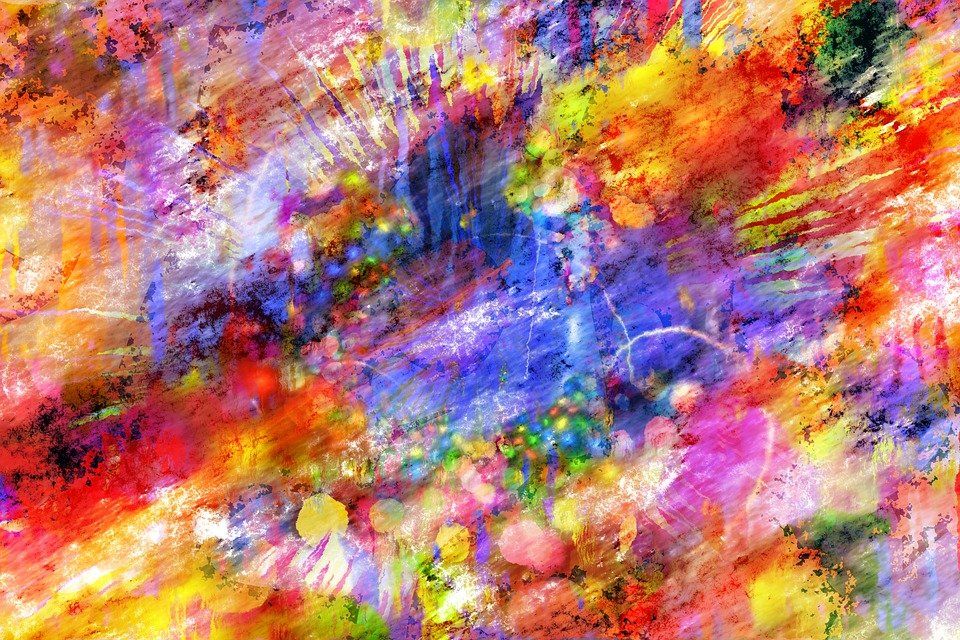DPI vs. PPI
Jan 24, 2019
What's the Difference?
If you’re going to print a photo or digital design, chances are you’ll want it to be in the highest resolution possible. Unfortunately, figuring out the correct resolution and graphic size can be complicated. There are several units which are used to measure resolution including PPI, DPI, LPI, and SPI. However, to keep it simple, we’ll only focus on the two units which are frequently used: DPI and PPI.
What is DPI and PPI?
Contrary to popular belief, DPI and PPI are not the same thing and cannot be used interchangeably. While DPI and PPI describe the resolution of an image, each term refers to something completely different. Dots per inch (DPI) is used to describe the number of dots per inch in a digital print. DPI determines how many dots the printer drops onto every square inch of the image. This sets the print resolution of the image. On the other hand, PPI refers to pixels per inch. Many designers rely on PPI as it involves the smallest unit of a digital display device which we are able to see. Pixels are used to create the overall image on your computer or television.
The confusion between DPI and PPI lies in the fact that the pixels in PPI are made up of red, green, and blue light elements which roughly correspond to the CMYK dots on a printer. Therefore, people assume that DPI and PPI are the same. Simply put, PPI is the input resolution while DPI is essentially the output resolution.
How does DPI and PPI affect your prints?
As previously mentioned, PPI is only meant to affect what is on your digital display. For instance, you can use PPI to determine the resolution of an image file. If an image is 350×350 in a 1-inch square, then you can assume the image will have a resolution of 350 pixels per inch. Many digital display formats are set at 72 ppi, which determines how big the image will appear on the screen. By increasing the image by 150%, the pixels will become larger and display a blurrier image. Using PPI to print your image may result in it looking incredibly pixelated or smaller than you want it to be.
DPI is the resolution of the printed image and determines how high of quality your print will be. While most printers are capable of printing at 300 dpi, professional printers can produce higher quality prints. When the DPI is increased, it will create a smoother transition between colours, removing the blocky look that a lower DPI will produce. Printing an image that is high quality is a balancing act, requiring you to determine whether the size or the quality is more important. However, if it is an image that is meant to be viewed from further away, you might find that a lower resolution will work best. Some billboard posters are printed as low as 20 dpi!
We know, it’s a lot to wrap your head around, and that’s fine! Resolution is already a complicated concept, and only becomes more difficult to understand when different units are added. However, it becomes a little easier when you keep the differences between DPI and PPI in mind.

10 Apr, 2020
This year of 2020 is proving to be a year of an unknown type. Protecting our health and those of the ones we love is a great responsibility so social distancing is worth it. There is also the snow. When will it end here in Edmonton area? At a time of social distancing for healthy and safety, what can we do when a weekend like Easter is near? Well, it might be time to get creative and learn more about technology at our fingertips to be sure connection happens regularly. Here are some ideas to get you started if you are a bit rusty like me. Knock Knock jokes Knock Knock jokes are a video opportunity waiting to happen. I recently rediscovered these corny sources of humor while searching the Internet. Inspired, I video recorded myself saying “knock, knock,” and sent to my almost five-year-old great nephew via his Mom’s smartphone. In a little while, he responded with “Who’s there?” in his own video. From there, we traded short videos until hitting the punch line. It was a much-needed connection in the middle of a day for me. My great nephew and his parents, who are working from home and entertaining their two young active boys, appreciated the diversion, too.
Locally owned and operated,
JLS Decals & Signs serves the communities and surrounding areas of Morinville, St. Albert and Edmonton, Alberta.



